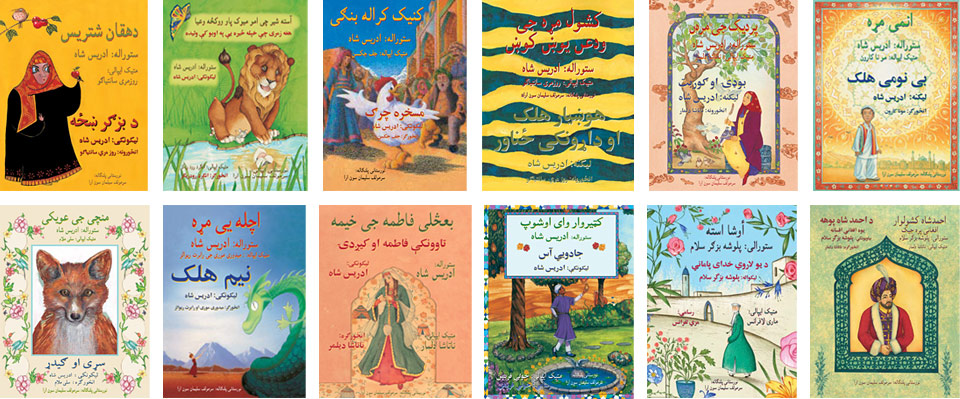Our Afghan Minority Language Program

Nuristani-Pashto editions of Hoopoe Books
Afghanistan is a multilingual country with one of the lowest literacy rates in the world. Although considerable progress has been made since 2011, only 43% of the adult population (over 15 years of age) can read, and the female literacy level is under 30%.
Studies show that we all learn to read more easily if we begin to do so in our mother tongue, the language we use at home. We can then transfer those learned skills to a second language when needed. But storybooks for children in Afghanistan’s minority languages are rare if non-existent.
In 2017 we were approached by SAMAR, the Afghan satellite office of SIL. Their expert translators wanted to provide bilingual Hoopoe books for families in the minority language communities they serve. Thanks to the steadfast help from their translatiors, we now have nine bilingual editions available: five in the national language of Dari paired with Turkmen, Uzbek, Hazaragi, Shughni and Munji; and three in the national language of Pashto, paired with Sawji, Nuristani, and Balochi. In addition, with a translation team from SERVE Afghanistan we created a Pashai-Pashto edition as well.
So far, thanks to the generosity of friends and supporters, we have been able to provide books in Nuristani-Pashto, Pashai-Pashto and in Munji-Dari, Hazaragi-Dari and Uzbeki-Dari; and we are currently raising funds to print 2,000 copies of each of our titles in Turkmeni-Dari, Shughni-Pashto and Sawji-Pashto.
For an update on our progress, please sign up for our news updates and review Our Accomplishments for our past progress.
The benefits that these books bring to Afghan children are many: not only are they learning to read and think for themselves, they remember these wonderful stories and refer to them as examples for their actions and behavior; they share them with family and friends, teach their friends and families to read them; and, most importantly, since these are Afghan stories from a time of peace they give them a positive internal narrative, replacing one of struggle, war, guns and fighting.
For children from minority communities, these bilingual books enable them to learn to read in their own language, and, when they are ready, to start to read the same story in the national language they will need as soon as they enter primary school.
